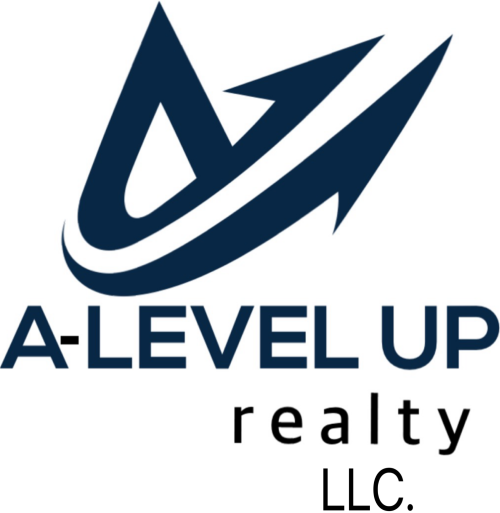
What Is the Income Approach?
The income approach is a type of real estate appraisal method that allows investors to estimate the value of a property based on the income the property generates. It’s used by taking the net operating income (NOI) of the rent collected and dividing it by the capitalization rate. It’s also known as the income capitalization approach.
How the Income Approach Works
The income approach is typically used for income-producing properties and is one of three popular approaches to appraising real estate. The others are the cost approach and the comparison approach. The income approach for real estate valuations is akin to the discounted cash flow (DCF) for finance. The income approach discounts the future value of rents by the capitalization rate.
When using the income approach for purchasing a rental property, an investor considers the amount of income generated and other factors to determine how much the property may sell for under current market conditions. In addition to determining whether the investor may profit from the rental property, a lender will want to know its potential risk of repayment if it extends a mortgage to the investor.
Of the three methods for appraising real estate, the income approach is considered the most involved and difficult.
Special Considerations
When using the income approach for purchasing a rental property, an investor must also consider the condition of the property. Potential large repairs that may be needed can substantially cut into future profits.
In addition, an investor should consider how efficiently the property is operating. For example, the landlord may be giving tenants rent reductions in exchange for completing yard work or other responsibilities. Perhaps specific tenants are facing economic difficulties that should turn around in the next few months, and the landlord does not want to evict them. If rent being collected is not greater than current expenses the investor will most likely not purchase the property.
With the income approach, the cap rate and estimated value have an inverse relationship—lowering the cap rate increases the estimated value
An investor must also ascertain how many units on average are empty at any given time. Not receiving full rent from every unit will affect the investor’s income from the property. This is especially important if a property is in great need of repairs and many units are vacant—suggesting a low occupancy rate. If the units are not filled on a regular basis, rent collection will be lower than it could be, and purchasing the property may not be in the investor’s best interest.
Key Takeaways
The income approach is a real estate valuation method that uses the income the property generates to estimate fair value.
- It's calculated by dividing the net operating income by the capitalization rate.
- A buyer should pay special attention to the condition of the property, operating efficiency, and vacancy when using the income approach.
Example of the Income Approach
With the income approach, an investor uses market sales of comparables for choosing a capitalization rate. For example, when valuing a four-unit apartment building in a specific county, the investor looks at the recent selling prices of similar properties in the same county. After calculating the capitalization rate, the investor can divide the rental property’s NOI by that rate. For example, a property with a net operating income (NOI) of $700,000 and a chosen capitalization rate of 8% is worth $8.75 million.
For Professional Property Management please hit the link or call/text Manny at A Level Up Realty 520-332-4114




